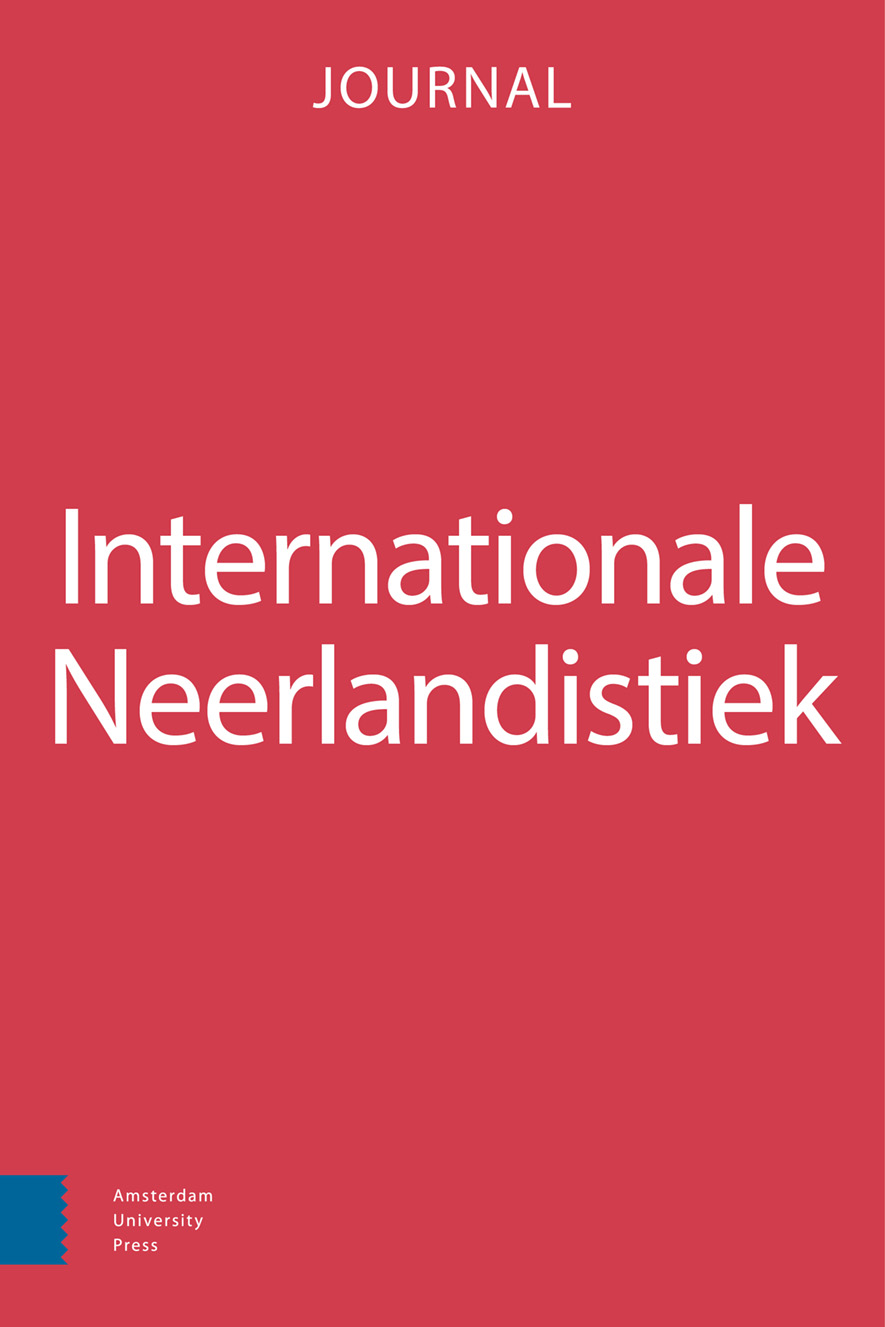-
oa Van mens naar méér
Jeroen Olyslaegers’ toekomstroman Winst (2012) posthumanistisch gelezen
- Amsterdam University Press
- Source: Internationale Neerlandistiek, Volume 62, Issue 2, Oct 2024, p. 158 - 179
-
- 01 Oct 2024
Abstract
The novel Winst (2012), written by Jeroen Olyslaegers, takes place against the background of the failure of the political and economic system of the 21st century, but also has an ecological dimension that has not been highlighted until now. In the novel, people struggle with the non-human – with solar storms and wild animals. In this article, I aim for a posthumanist reading (Herbrechter & Callus, 2008; Lummaa, 2019) of the novel. First, I show how the alleged difference between humans and animals, and the exceptionalism of humans, is problematized. Secondly, my analysis reveals the connection between human and non-human animals, technologies, and the universe. Such a concept of interconnectedness is central to posthumanist philosophy (Keeling et al., 2015; Ranisch & Sorgner, 2015, p. 8). I show that the novel revises binary oppositions between ‘human’ and ‘animal’, ‘nature’ and ‘technology’, and ultimately questions the superiority of humans and anthropocentrism. Using the case of Winst, I demonstrate what a posthumanist reading can add to the reading of Dutch future narratives and how the disciplines of ecocriticism and animal studies can be supplemented by a posthumanist perspective.


